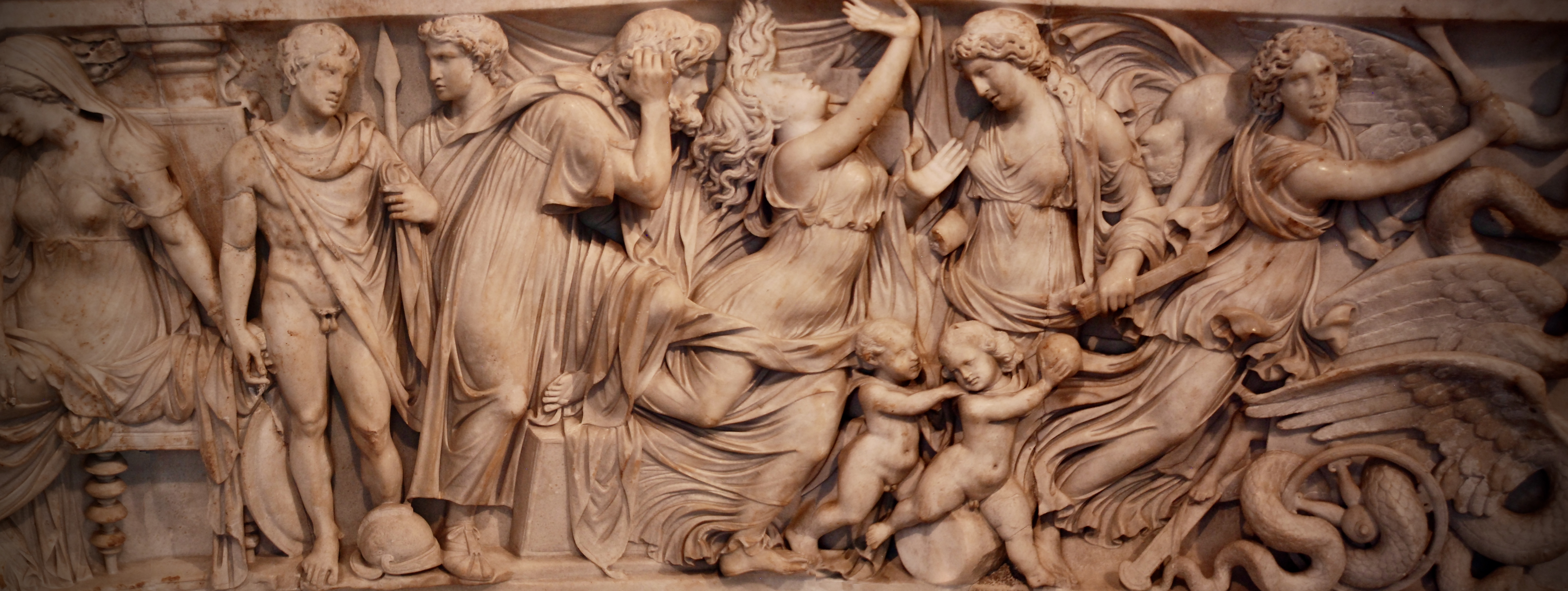The Lamentation of Thrina
It is said that when the great, malign god Orivious was imprisoned by the other deities of Kelbonnar, the mind of his consort Thrina was broken and so great was her grief that she wept a sea of tears that created the murky, disquiet waters of the The Lake of Tears in the Middle Underdark.
Summary
Deep below the surface of the material plane, dominating the eastern half of the Middle Underdark is a lake, known as the Lake of Tears. It’s dark, gloomy waters have always been treated with fear and suspicion, even by creatures native to the Underdark, and the reason for this, aside from the great many malign creatures that are said to dwell within its waters, is that the waters are said to be the cursed tears of the goddess Thrina.
Legend has it that when the god Orivious was betrayed, attacked and imprisoned within a demi-plane by the other deities of Kelbonnar, his consort, Thrina became wild with grief. So strong were her lamentations and so deep her sorrow that she lost all sense of herself, forgot the domains that she was originally dedicated to and became a manifestation of grief itself.
Having failed to save Orivious from the other gods and goddesses, Thrina fled into the depths of the Underdark, finally stopping in an enormous cavern, where she collapsed and wept for years on end. Slowly, but surely, the tears that flowed from her eyes gathered and coalesced around her, forming the enormous Lake of Tears, whose saline waters are said to remain for eternity as a reminder of the folly and hubris of Kelbonnar’s deities.
What happened to Thrina, no one knows for sure. Some say that she was eventually overwhelmed and drowned in the dark waters she created, others that she became one with her own tears, and others that she still survives and dwells at the bottom of the lake, still bitterly weeping and lamenting her Orivious to this day.
Historical Basis
Clerics and theologians are certain that a deity named Thrina did exist at one point, though the exact nature of the domains that she was originally supposed to be tied to remain a mystery and her connection to the god Orivious and the tale of his imprisonment adds weight to their assertion that she did indeed exit. Therefore on the whole, especially amongst the societies of the Underdark, the myth is regarded as being theologically sound, though there is debate amongst theologians as to whether the lake already existed and Thrina simply entered it, or whether she actually created the Lake of Tears.
Whether or not she perished or still survives is another are of debate that has yet to be resolved, with some arguing that the fact that she no longer reaches out to try and gain followers on the Material Plane indicates that she must have perished or become dormant, whilst others arguing that she may have gathered followers or made connections to the creatures that dwell within the Lake of Tears.
Spread
The myth is well known across the levels of the Underdark, but is uncommon knowledge on the surface world, with only a few of the most learned scholars within the Empire of Turelion being aware of its existence.
For many cultures of the Underdark, the Weeping of Thrina has been turned into a cautionary tale, which is especially prevalent amongst the Drow to not mourn for the dead, lest a person’s grief lead them to lose focus and in turn expose them to dangers that could lead to their own demise.
Variations & Mutation
There are several variations of the myth, with two main variations being the most commonly repeated.
The first of which is that Thrina's weeping can still be faintly heard, echoing around the enormous cavern in which the Lake of Tears is situated, and that it is capable of driving those that hear it mad if they listen for too long, or if they sleep without taking proper precautions near its waters.
The second is that so bitter was Thrina's grief that as well as creating the waters of the Lake of Tears, her tears actually became monstrous creatures that still prowl the lake’s waters and which act as her servants and guardians.
In Literature
In Art
The myth is frequently depicted in art, especially in areas that are put aside for the burning, burial, disposal and mourning of the dead. Most often the myth is referenced through depictions of a female humanoid figure on her knees, weeping openly, sometimes with literal streams projecting from her eyes, in a pool of water.
Date of First Recording
First recorded in a written medium in 874BIF
Date of Setting
2,000BIF or thereabouts.
Related Species
Related Locations
Related People



Comments